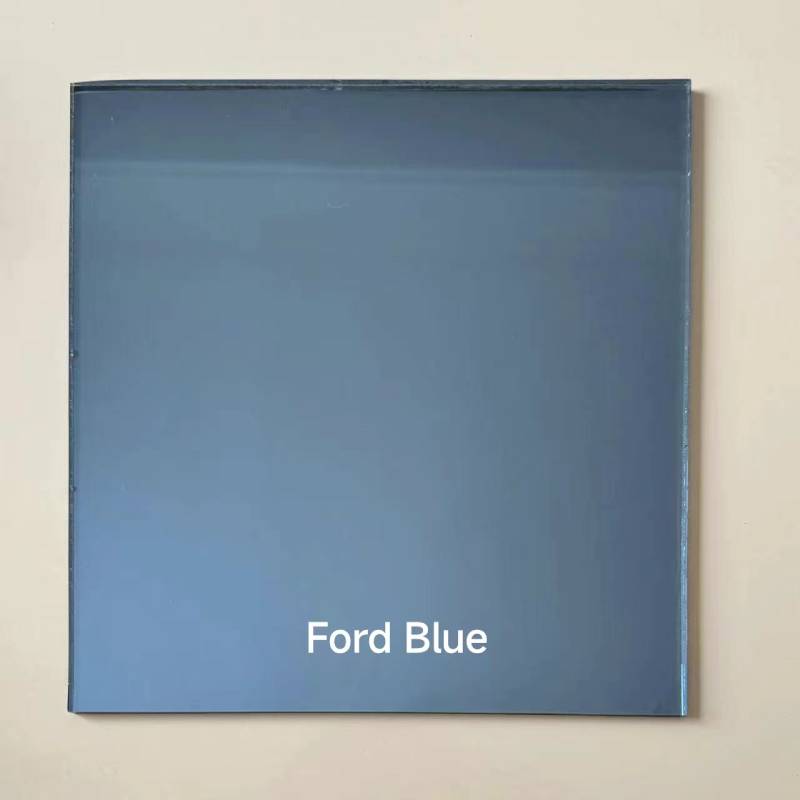

Reflective Gray Glass A Modern Aesthetic
In contemporary architecture and interior design, materials play a crucial role in shaping the mood and functionality of spaces. One such material that has gained immense popularity is reflective gray glass. This innovative building material not only serves aesthetic purposes but also enhances energy efficiency, making it a favored choice among architects and designers.
Reflective gray glass is characterized by its smooth surface and sleek appearance, featuring a mirror-like quality that reflects light while maintaining an elegant sheen. This unique attribute allows it to create a dynamic interaction with the environment; depending on the time of day and angle of view, the glass can appear darker or lighter, seamlessly blending with its surroundings. This adaptability makes it a versatile choice for both residential and commercial applications.
One of the primary advantages of reflective gray glass is its ability to control solar heat gain while maximizing natural light. With the increasing emphasis on sustainable building practices, this type of glass has become indispensable. By reflecting unnecessary heat during the warmer months, it helps to maintain comfortable indoor temperatures, reducing the need for excessive air conditioning. Consequently, this contributes to lower energy consumption, aligning with eco-friendly building standards. Furthermore, reflective gray glass can help achieve LEED (Leadership in Energy and Environmental Design) certification, a testament to its environmentally conscious attributes.

In addition to its functional benefits, reflective gray glass significantly contributes to the overall aesthetic of a space. When used in facades, it creates a striking visual impression, giving buildings a modern and sleek appearance. The play of light and shadow on its surface can produce fascinating visual effects, making structures stand out in urban settings. Designers often pair reflective gray glass with other materials, such as steel or concrete, to create a stunning juxtaposition that highlights architectural details.
Inside, reflective gray glass can be utilized in various ways—from partition walls that create the illusion of a larger space to decorative panels that enhance a room’s visual depth. The subtle reflections can add a sense of elegance and sophistication, making it a popular choice for high-end residential interiors, offices, and retail spaces. Moreover, its ability to conceal fingerprints and smudges makes it a practical option for high-traffic areas, maintaining a clean appearance with minimal maintenance.
Reflective gray glass also plays a role in enhancing privacy. While it allows natural light to filter through, it effectively obscures the views from the outside, creating a comfortable and intimate atmosphere within. This quality is particularly sought after in densely populated urban environments where privacy can often be a luxury.
In conclusion, reflective gray glass is more than just a decorative element; it is a material that embodies modern design principles, sustainability, and functionality. Its aesthetic appeal, combined with practical advantages, makes it a pivotal choice in today's architectural landscape, shaping the way we experience and interact with our environments. As we continue to embrace innovative materials, reflective gray glass stands at the forefront, reflecting both light and the evolving preferences of contemporary design.